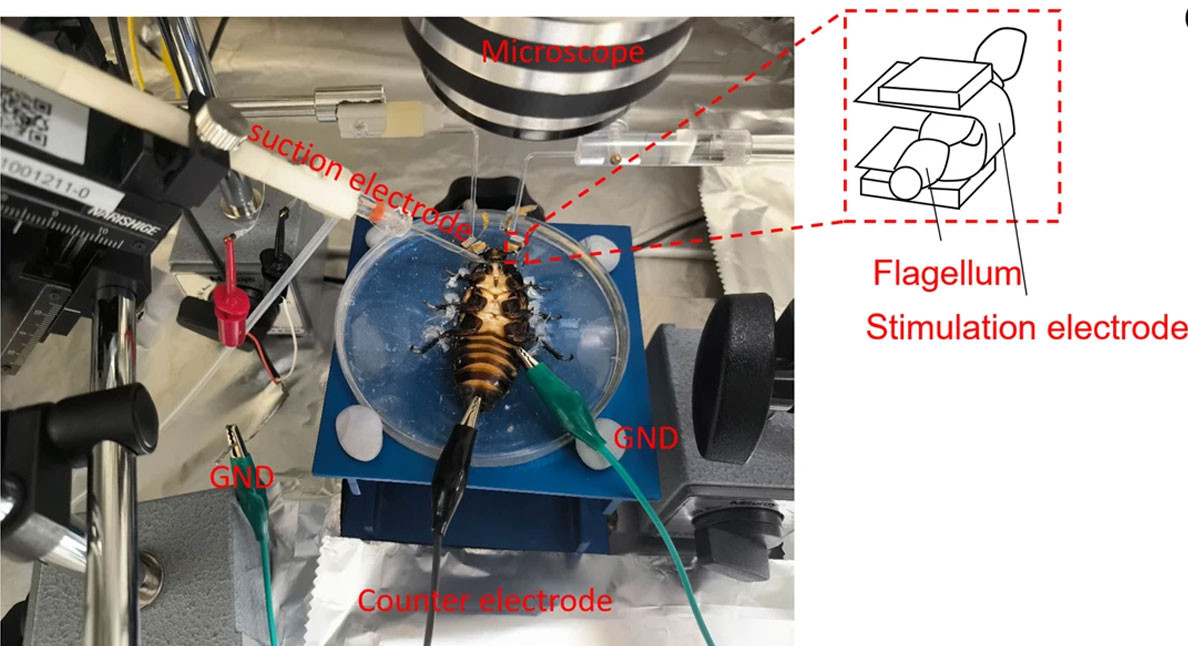Mechanical engineers at Nanyang Technological University in Singapore have developed a real remote-controlled cockroach using a painless method.
The aim of this work is to use this new technology to create an army of cyborg insects to explore ruins after a disaster or inspect hard-to-reach parts of critical infrastructures.
The researchers used a new technology based on non-invasive electrodes (you could basically think of cockroaches wearing electric backpacks) to remotely control them in what they described as a painless experience for the insects.
The team published their research on npj Flexible Electronics and explained exactly how they achieved this feat and what the point of it all was.

“Cimeter-scale mobile robots have recently attracted increasing attention due to the increasing demand for working in confined spaces, such as post-urban disaster terrain exploration and pipeline inspection,” the research paper states. The article continues: “Current robots at this scale mostly include robots composed of mechanical structures and cyborg insects. Despite the advantages of dynamic control, dynamic control generally has high energy consumption and poor ability to adapt to complex environments. “In contrast, cyborg insects retain the insect’s mobility and ability to adapt to the environment, thus exhibiting low energy requirements.”
Similar attempts had been made before, but they all relied on inserting probes into the nervous system, which understandably harmed and disturbed the insects. The Nanyang Technological University research team also noted that harming insects would have a disappointing impact on lifespan.
The new technology builds on previous research showing that cockroaches can be guided by stimulating their antennae. The researchers clamped each one and then created a layered gold and plastic sheath to fit over each antenna. They then exposed them to UV light to shrink them.
The researchers then attached both casings to a backpack attached to the cockroach. They sent wireless signals from the remote control to the backpack, sending gentle jolts to one or both antennas. This triggered the insect to move in a certain direction. Another electrode attached to its abdomen could control the cockroach’s speed.